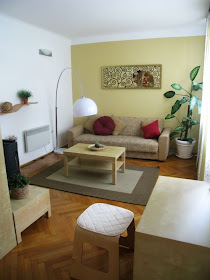
I really like the concept of community theater. People producing good quality theatrical productions to entertain their neighbors at affordable prices. I support that--not as much as my eldest son, who has been the fly man as well as running the rails for the City Circle Acting Company for over a year. It is great to watch, but behind the scenes, these guys, who love the stage. They also are teaching high school students about a life in the theater--the company actively encourages young people to be involved with them.
The latest production, which ran last weekend, was The Rocky Horror Show--no more perfect Hallowe'en musical was ever invented--at least not for an all-adult audience. And you really wouldn't want to take somebody who hasn't gone through puberty to this show. It is raunchy (which was pointed out to me by my 21 year old son--shocked, he was. And he is no babe in the woods). First, it involves major costuming--wigs, high heels (both both genders), and boas. Outrageous costuming, in fact, and Hallowe'en is definitely the season for dressing up as someone you are not. It also features a transsexual, and there is no better season than Hallowe'en to see a lot of cross dressing. The audience dresses up almost as much as the cast, so it is very festive. The concession stand sold prop bags--things to use at particular times during the play, and throughout, people were talking back to the cast in the fashion that has come to be expected of this very camp play (and the movie version as well). It has been a long time since I have participated in the Rocky Horror fun, but it all comes back to you. Happy Hallowe'en!

















































